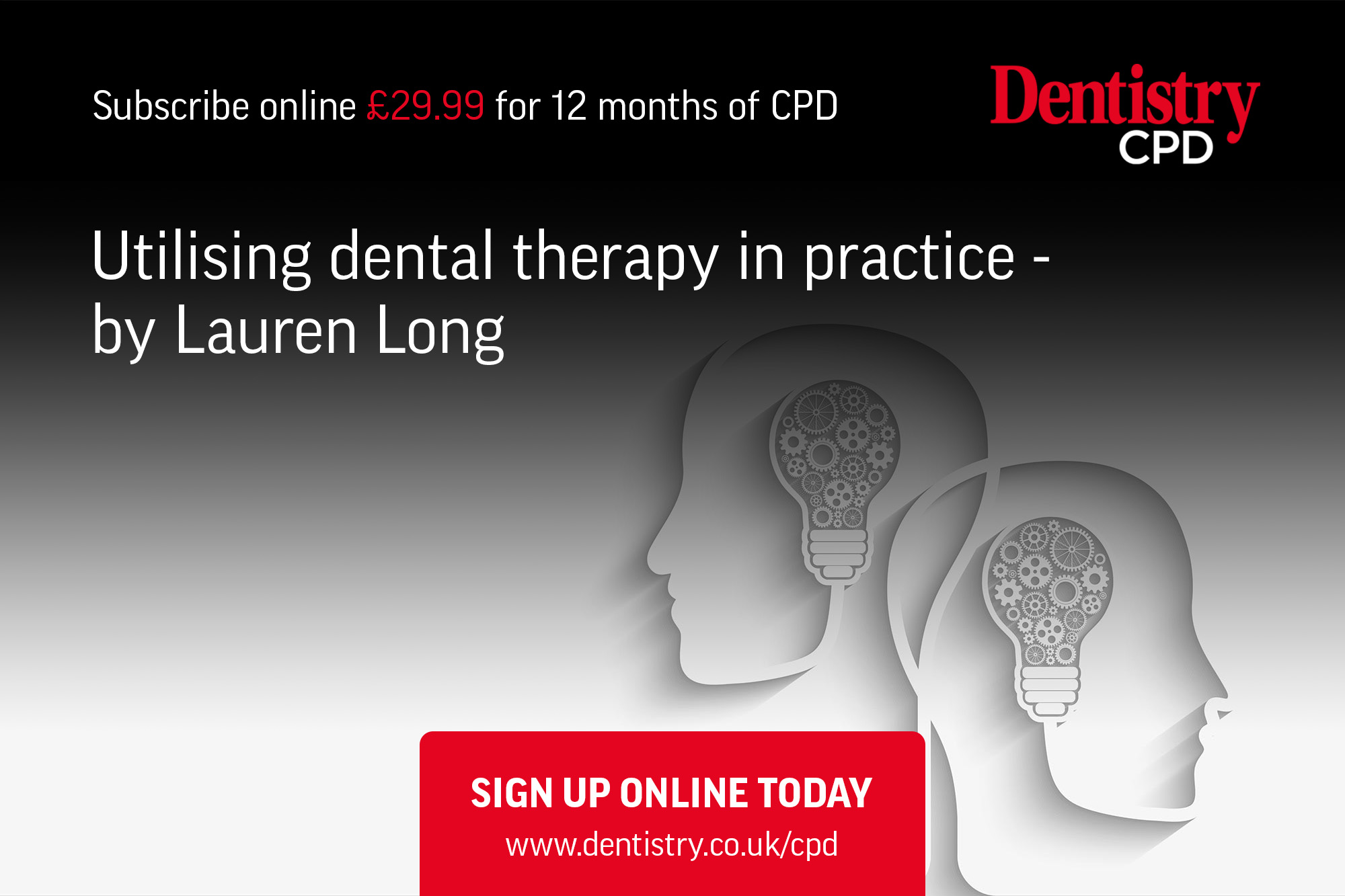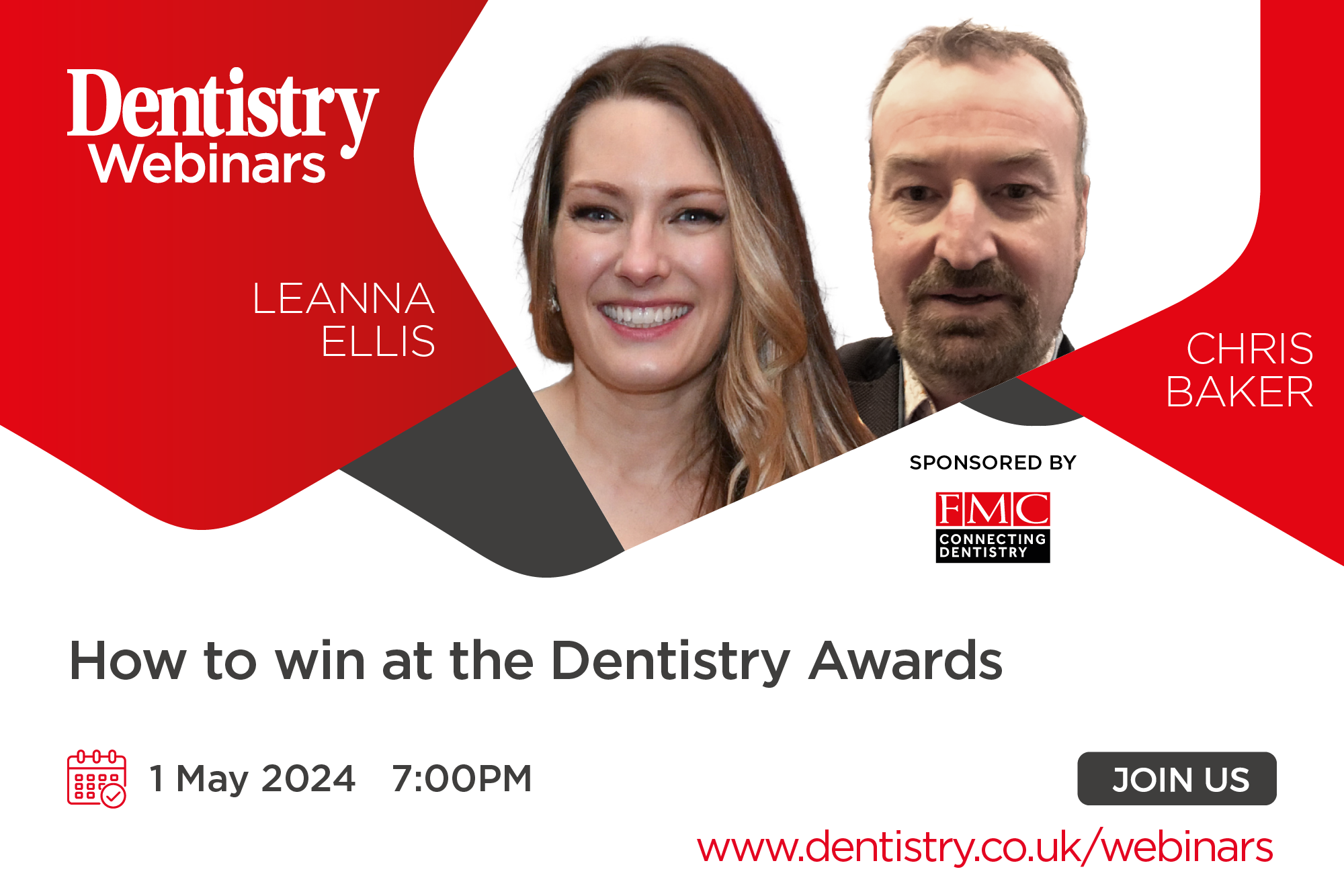 Lauren Long delves into dental therapy and explains how to unleash the hidden potential in practice.
Lauren Long delves into dental therapy and explains how to unleash the hidden potential in practice.
In the past few months, much has been reported about the looming ‘dental crisis’. Articles and news stories have appeared in the press – both dental and national – referring to long waiting times for an examination and an even longer wait for treatment. It is predicated that this will only worsen as time goes on.
With around 4,000 dental therapists currently registered with the General Dental Council (GDC), but often under-utilised, how can we implement the skills of these professionals within practice? Somewhat easing the burden on dentists, increasing practice efficiency and, most importantly, enabling patients to have greater access to care.
What can a dental therapist offer?
The role and scope of the dental therapist is often misunderstood, even within the profession. Understanding the skills that these clinicians can offer in practice is essential when planning implementation.
Dental therapists have been a part of the dental team since 1959, when the first ‘dental auxiliaries’ were trained in the UK. Twenty years later, they were renamed ‘dental therapists’ – which is the title that is still used today.
Originally, dental therapists were only permitted to work in hospital or community dental services settings, finally being granted the right to work in general dental practice in 2002.
A further step in increasing patient access came in 2013 when they became able to see patients directly – without the need for referral from a dentist.
Dental therapists can now work either on a referral basis or through direct access, offering many different treatments to patients, such as:
- Clinical examination, including prescribing and interpreting radiographs
- Taking and utilising records such as impressions or digital scans
- Diagnosing and treatment planning within competence
- Use of local anaesthetic (via prescription or patient group directive [PGD])
- Removal of caries and all direct restorations on primary and permanent dentition
- Direct composite for cosmetic purposes
- Tooth whitening (under prescription of a dentist)
- Referral to fellow professionals for treatments outside scope of practice.
To read the rest of this article, view the photographs and gain CPD, visit cpd.dentistry.co.uk/courses/utilising-dental-therapy-in-practice
Follow Dentistry.co.uk on Instagram to keep up with all the latest dental news and trends.



